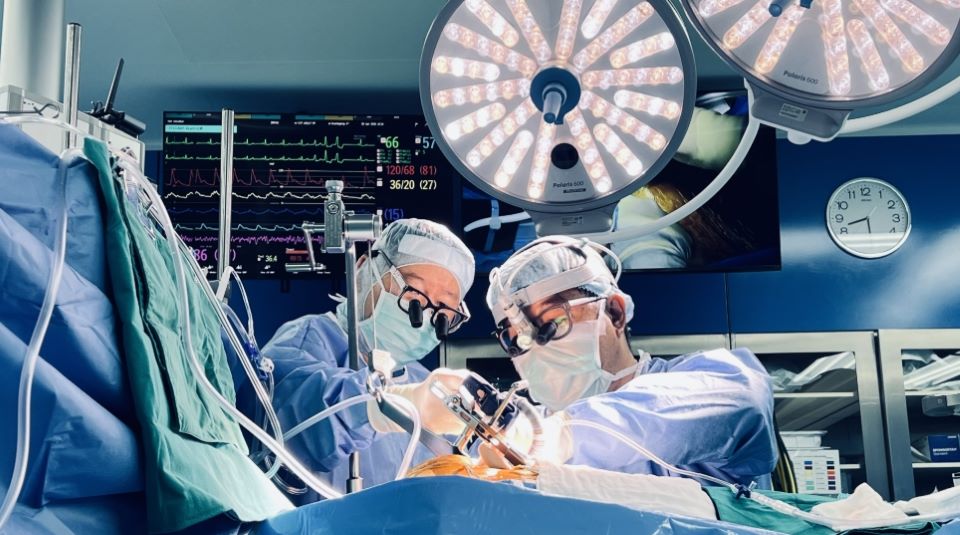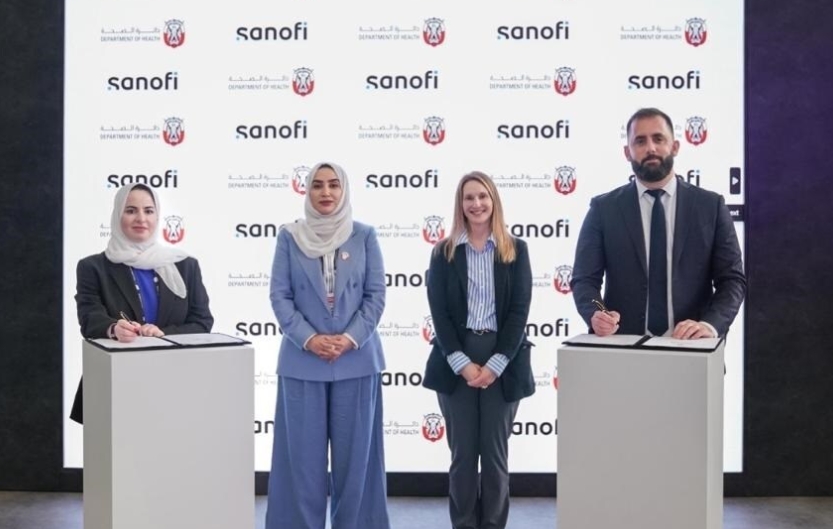
The race to full vaccination is the defining event of 2021. After a turbulent past year, Asia Pacific (APAC) regions are now looking to control outbreaks of COVID-19 infection through vaccination, in the hopes of returning to pre-pandemic activity levels.
To date, South Korea has vaccinated 36% of its population, while China has done the same with 64% of its population . Singapore has now achieved full vaccination with 80% of its population and many more nations are expected to follow.
Yet, this goal of full vaccination entails a difficult logistical task: the need to ensure the safety and smooth administration of vaccines. In addition, vaccine storage and transport require many other forms of equipment from syringes to stoppers, seals, and vials.
These requirements make managing the manufacturing supply chain in this climate an arduous task. Careful coordination is necessary to ensure that quality vaccines are manufactured, stored, and delivered safely – all while navigating added factors of urgency and unpredictable sanctions.
In our pandemic-era, disruptions, unexpected stoppages, lockdowns, and sudden control orders, all influence the supply chain and threaten efficiency and reliability. To manage such difficulties, companies must make the most of the APAC region.
Making the Most of Location
The APAC region is undoubtedly biopharma’s new frontier. It has not only seen considerable market growth in recent years, but also boasts notable diversity and business potential. China and Japan, for instance, are fast becoming two of the largest pharma markets in the world, while the region as a whole is expected to grow at a CAGR of 10.05%, reaching approximately $64.96 Bn by 2026.
APAC nations are further seeing development in a myriad of sectors, from generic drug production to increased R&D. Given this projection, more must be done to capitalize on geographic advantages and strengthen local infrastructure. One country which has successfully coordinated biopharma growth and pandemic management is Singapore. For instance, our Jurong site manufactures about 2 billion components annually and a sizable amount of them are used for vaccine containment system.
Digitalising Workflows and Workforce
Owing to the pandemic, there is a need to upgrade local infrastructure in order to establish round-the-clock operations to meet the exponential increase in vaccine demands. For instance, the industry can incorporate robotic technology into the production process to ensure that we are able to fulfil production and meet demand.
A key milestone in West’s digitalization journey is the launch of the One Enterprise Resource Planning (ERP) initiative (S/4HANA®), designed to drive process and data harmonization across the enterprise using digital technology.
We must have a sustainable roadmap for the future with an increase in digital workforce, to meet the transformation needs as we move from an analog to digital change.
Future digital platforms will enhance and solidify the industry's relationship with customers and stakeholders through the improvement of customer experience, employee experience digitised products and operations.
In spite of the pandemic, the country is on track to grow manufacturing by 50% in this decade alone and has already provided considerable infrastructural support to foreign investors and local companies.
Stewart Campbell, Vice President and General Manager (APAC), West Pharmaceuticals, Singapore




